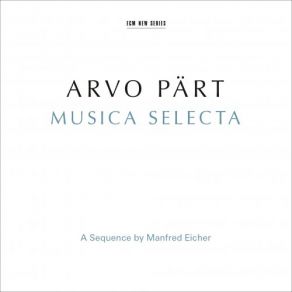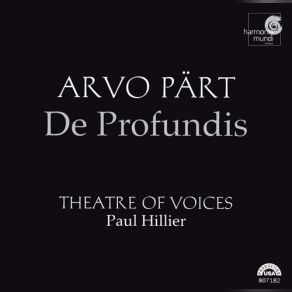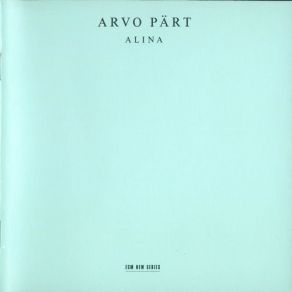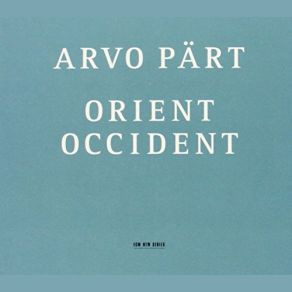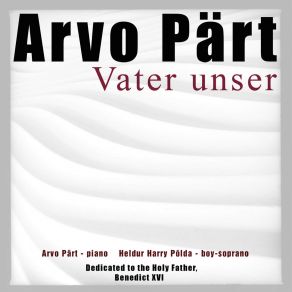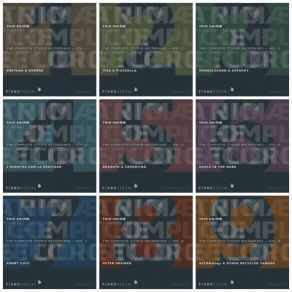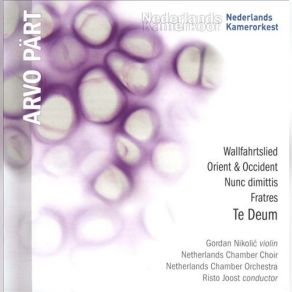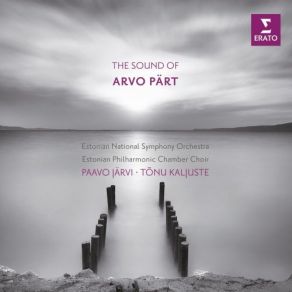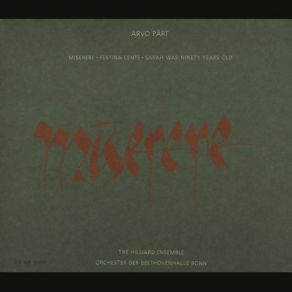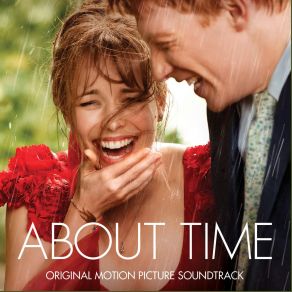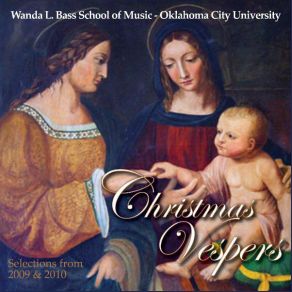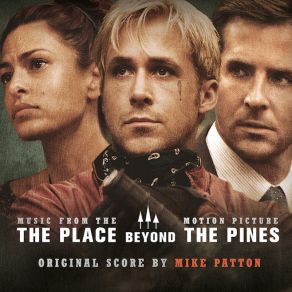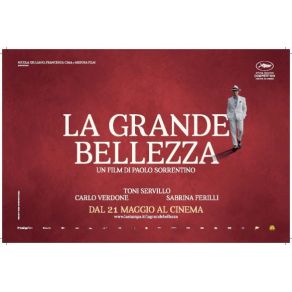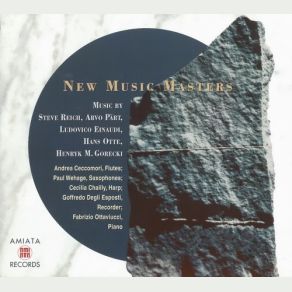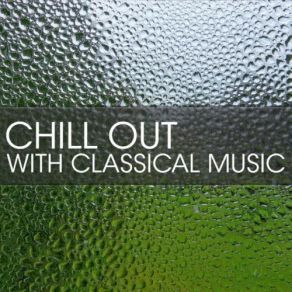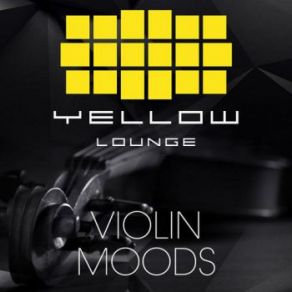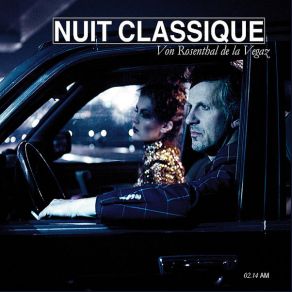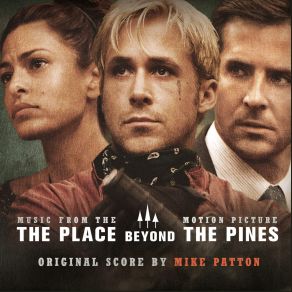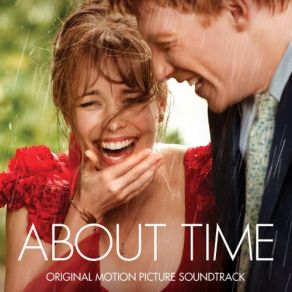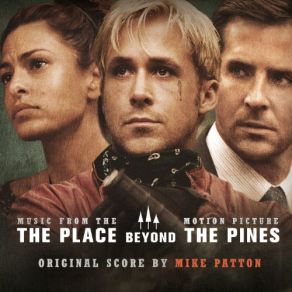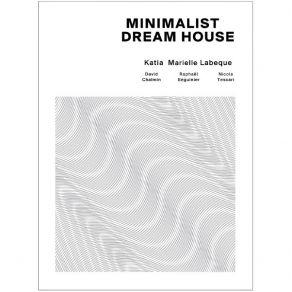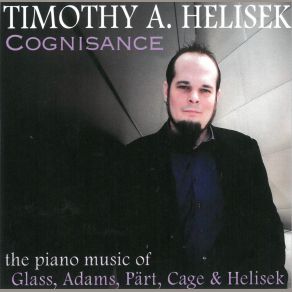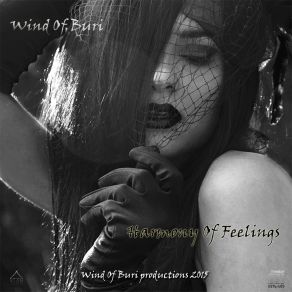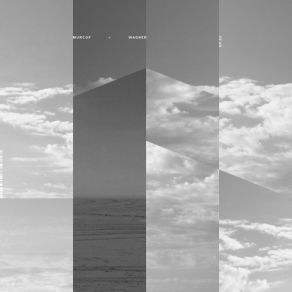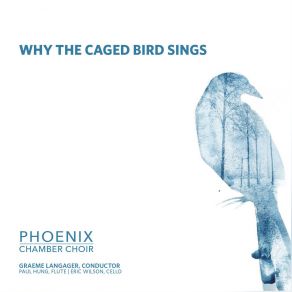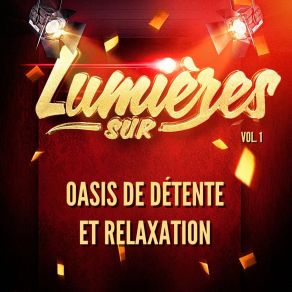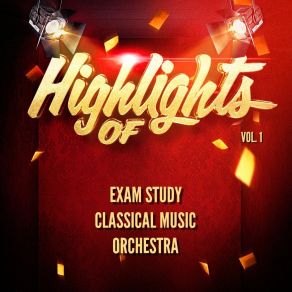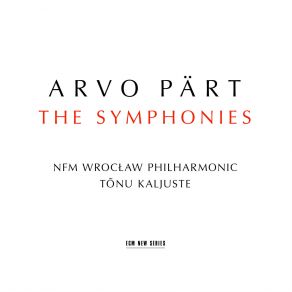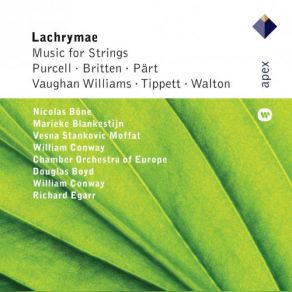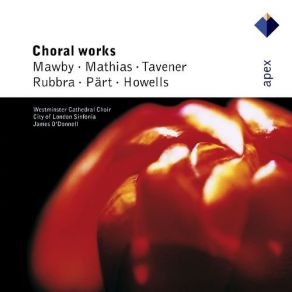Arvo Pärt / Arvo Part
Wikimp3 information about the music of Arvo Pärt / Arvo Part. On our website we have 37 albums and 22 collections of artist Arvo Pärt / Arvo Part. You can find useful information and download songs of this artist.
Biography
[Edit]Arvo Pärt has demonstrated a voracious musical curiosity and daring experimental spirit throughout his career that has allowed him to move beyond his secured place as Estonia's premiere composer to become perhaps the best-known choral and sacred music scorist of his time. Thirty years of musical experimentation with influences as wide-ranging as Russian neo-classicism, Western modernism, Schoenbergian dedecaphony, minimalism, polytonality, Gregorian chant, and collage have led him to the creation of a distinctively sparse technique he calls "tintinnabulation." This method, which takes its name from the Latin word for bells, places unusual emphasis on individual notes and makes extensive use of silence. "I have discovered that it is enough when a single note is beautifully played," says Pärt. "This one note...or a moment of silence, comforts me.... I build with the most primitive materials — with the triad, with one specific tonality. The three notes of a triad are like bells. And that is why I call it tintinnabulation."
Pärt, a 1963 graduate of the Tallin Conservatory, began his career writing music for Estonian radio, television, film, and theater. His early work drew heavily from the music of the Soviet Union, where he took up residence in the early '60s. With 1960's Necrology, Pärt began to explore Schoenberg's 12-tone serial method. He continued with serialism throughout most of the '60s, but eventually grew weary of its rigidity and began to experiment with collage technique, incorporating elements of Bach and Tchaikovsky into his original compositions. This approach alienated purists, and his Credo of 1968 was banned in Estonia. Pärt then abandoned pastiche and entered a period of studious hibernation during which he examined medieval and Renaissance choral music. In 1976, he re-emerged from his self-imposed silence with a small piano composition, Fur Alina. The piece constituted a remarkable departure from his previous work, and introduced the "tintinnabulation" method that was to be the hallmark of subsequent compositions.
The piece also marked the beginning of a very prolific period. 1977 saw the release of three of Pärt's most famous works: Fratres, Cantus in Memoriam Benjamin Britten, and Tabula Rasa, for which he won the Estonian Music Prize. The Western success of these pieces created friction between Pärt and the Soviet government, however, and in 1980, he moved to Vienna and became an Austrian citizen. A year later he moved to West Berlin, where he began to focus on choral settings of religious texts including St. John Passion (1982), Te Deum (1984-1986), Litany (1994), and Kanon Pokajanen (1998). These works reflected his growing interest in the metaphysical, as well as his appreciation of Gregorian chant and composers like Obrecht, Ockeghem, and Josquin. His Western following continued to expand in the '90s, when his music attracted the attention of numerous American film producers, popular recording artists like Michael Stipe, and the American Academy of Arts and Letters, to which he was elected in 1996.
Title: Babel
Artist: Arvo Pärt / Arvo Part, Wiltener Sängerknaben / Wiltener Sangerknaben, Johannes Stecher, Wilten Boys' Choir
Genre: Classical
Title: Baltic Landscapes: Part, Tormis, Kreek, Esenvalds, Miskinis (CD2)
Artist: Arvo Pärt / Arvo Part
Genre: Classical
Title: Arvo Part: De Profundis
Artist: Arvo Pärt / Arvo Part, Paul Hillier Theatre Of Voices
Genre: Classical
Title: Dimensions
Artist: Edvard Grieg, Schnittke Alfred, Arvo Pärt / Arvo Part, Dina Ivanova, Ivan Skanavi
Genre: Classical
Title: Light
Artist: Gregorio Allegri, Arvo Pärt / Arvo Part, Veljo Tormis
Genre: New Age, World Music
Title: Baltic Landscapes: Part, Tormis, Kreek, Esenvalds, Miskinis (CD1)
Artist: Arvo Pärt / Arvo Part
Genre: Classical
Title: Arvo Part: Magnificent Magnificat
Artist: Aquarius, Arvo Pärt / Arvo Part
Genre: Rock, World Music, Classical
Title: Arvo Part: Litany (Maxi-Single)
Artist: The Hilliard Ensemble, Arvo Pärt / Arvo Part
Genre: Classical
Title: Arvo Part: Te Deum / Fratres / Wallfahrtslied
Artist: Arvo Pärt / Arvo Part, Netherlands Chamber Choir, Risto Joost
Genre: Classical
Title: New Music Masters
Artist: Hans Otte, Arvo Pärt / Arvo Part, Steve Reich, Ludovico Einaudi
Genre: World Music
Title: Tabula Rasa
Artist: Arvo Pärt / Arvo Part, Richard Studt, Tasmin Little, Vasari Singers
Genre: Classical, Contemporary Folk
Title: Winter Classical Music
Artist: Erik Satie, Antonio Vivaldi, Ludwig Van Beethoven, Franz Schubert, Claude Debussy, Wolfgang Amadeus Mozart, Antonín Dvořák / Antonin Dvorak, Jean Sibelius, Franz Liszt, Felix Mendelssohn, Modest Mussorgsky, Edvard Grieg, Camille Saint - Saëns / Camille Saint - Saens, Frédéric Chopin / Frederic Chopin, Johann Sebastian Bach, Johannes Brahms, Arvo Pärt / Arvo Part, Philip Glass, Maurice Ravel, Niccolò Paganini / Niccolo Paganini, Mikhail Ivanovich Glinka, Gustav Mahler, Carl Ditters Von Dittersd
Genre: Classical
Collections
Title: Christmas Vespers Selections from 2009 & 2010
Genre: Instrumental
Title: An Introduction to Amiata's New Music Series
Genre: World Music
Title: Dear Frankie
Genre: Pop
Title: The Enchanted Dawn
Genre: Classical
Title: Selected Signs Vol. III
Title: La Grande Bellezza (CD1)
Genre: Theatre/Soundtrack
Title: About Time (Una Cuestión De Tiempo)
Genre: Hip Hop/R&B, Soul, Blues, Theatre/Soundtrack
Title: New Music Masters
Genre: World Music, Classical
Title: The Zero Theorem (Unofficial Soundtrack)
Genre: Theatre/Soundtrack
Title: Foxcatcher (Original Soundtrack)
Genre: Theatre/Soundtrack
Title: 100 Best Adagio Voices
Genre: Classical
Title: Yellow Lounge - Violin Moods
Genre: Downtempo, Chill Out, Instrumental, Instrumental
Title: Knight Of Cups (Unofficial Soundtrack)
Genre: Theatre/Soundtrack
Title: Klara Top 100 (CD1)
Genre: Classical
Featuring albums
Title: Mother Night (Original Motion Picture Soundtrack)
Artist: Michael Convertino
Genre: Theatre/Soundtrack
Title: The Place Beyond the Pines (Music from the Motion Picture)
Artist: Mike Patton
Genre: Theatre/Soundtrack
Title: About Time
Artist: Various Artists
Genre: Hip Hop/R&B, Rap, Soul, Pop, Theatre/Soundtrack, K-Pop
Title: Minimalist Dream House (CD2)
Artist: Katia Et Marielle Labèque / Katia Et Marielle Labeque
Genre: Classical
Title: Foxcatcher (Original Soundtrack)
Artist: Mychael Danna, Rob Simonsen, West Dylan Thordson
Genre: Theatre/Soundtrack
Title: Lumières Sur Oasis De Détente Et Relaxation, Vol. 1
Artist: Oasis De Detente Et Relaxation
Genre: Pop
Title: Choral Works By Mawby, Mathias, Tavener, Rubbra, Pärt & Howells
Artist: Westminster Cathedral Choir
Genre: Choral
Title: Repeat! (CD1)
Artist: Manuel Zurria
Genre: Electronica, Experimental, Classical, Contemporary Folk

